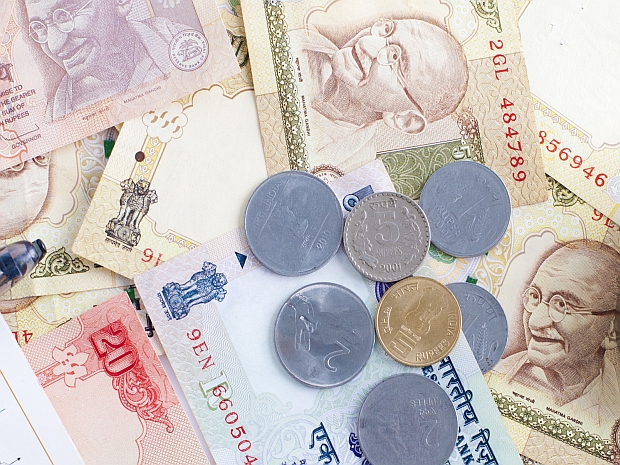Rupee's instability hinders new enterprise IT contracts in India


The continued instability of the rupee, which hit a low of 68 against the U.S. dollar on Wednesday, is affecting local IT firms in terms of signing new contracts with foreign clients.
Som Mittal, president of National Association of Software and Services Companies (Nasscom) told Press Trust of India (PTI) on Wednesday the rupee's fall is a "real problem" as neither the industry's peak trade body. nor the customers know where to hedge.
The rupee has declined more than 20 percent since April on concerns over the country's widening current account deficit, slowing economic growth and capital outflows, the report noted.
"The question is when [the IT firms abroad] are going to sign contracts. [They] don't know what the currency rate is going to be. The problem is [whether they should] do it [at a rate of] 60, 65, 70 against the U.S. dollar. So [they] have a problem if they don't see stability of what they should price their contracts," Mittal explained.
However, if the rupee becomes cheaper against the U.S. dollar, it does help some small contracts depending on what has not been hedged, but in most long-term contracts, which are spaced over a period of four to five years, the amounts are hedged.
There is severe competition and no elasticity of demand, so if the exports does not go down, it gets depressed in dollars, Mittal explained.
That said, the industry needs a stable currency as it helps the companies sign more contracts, he added.
The rupee's slide against the U.S. dollar has also affected the local mobile market by pushing prices of low-cost smartphones even higher by 5 to 10 percent, especially Indian companies such as Karbonn, Maxx Mobile, Lava International and Micromax.